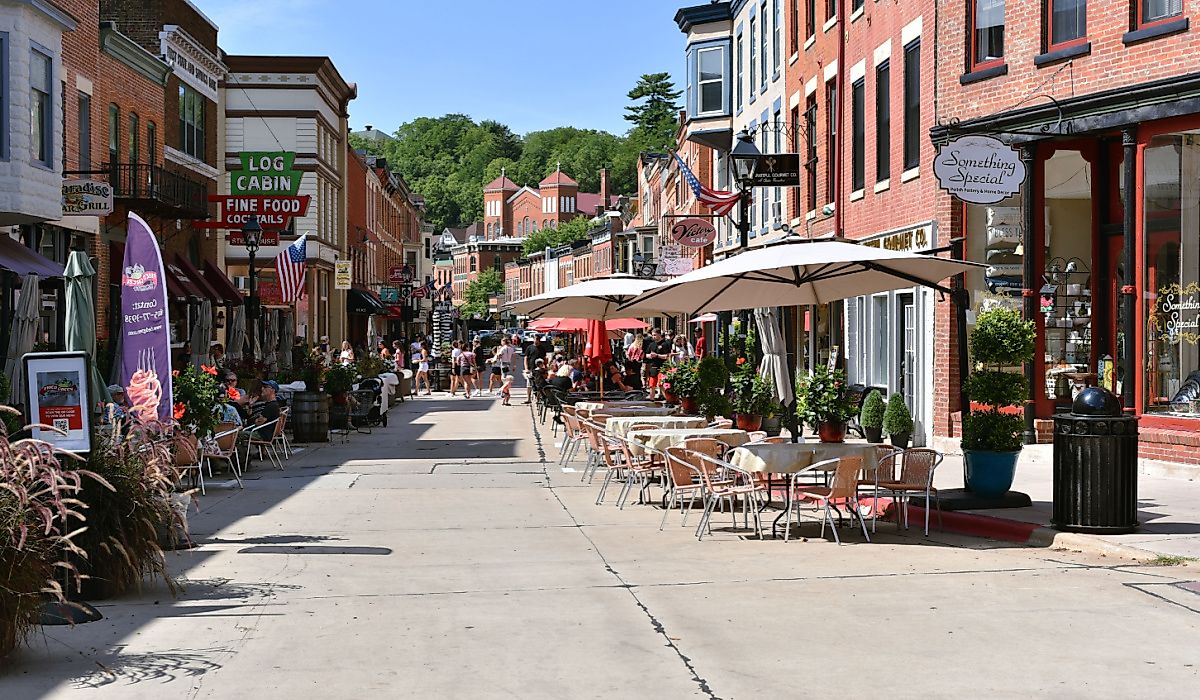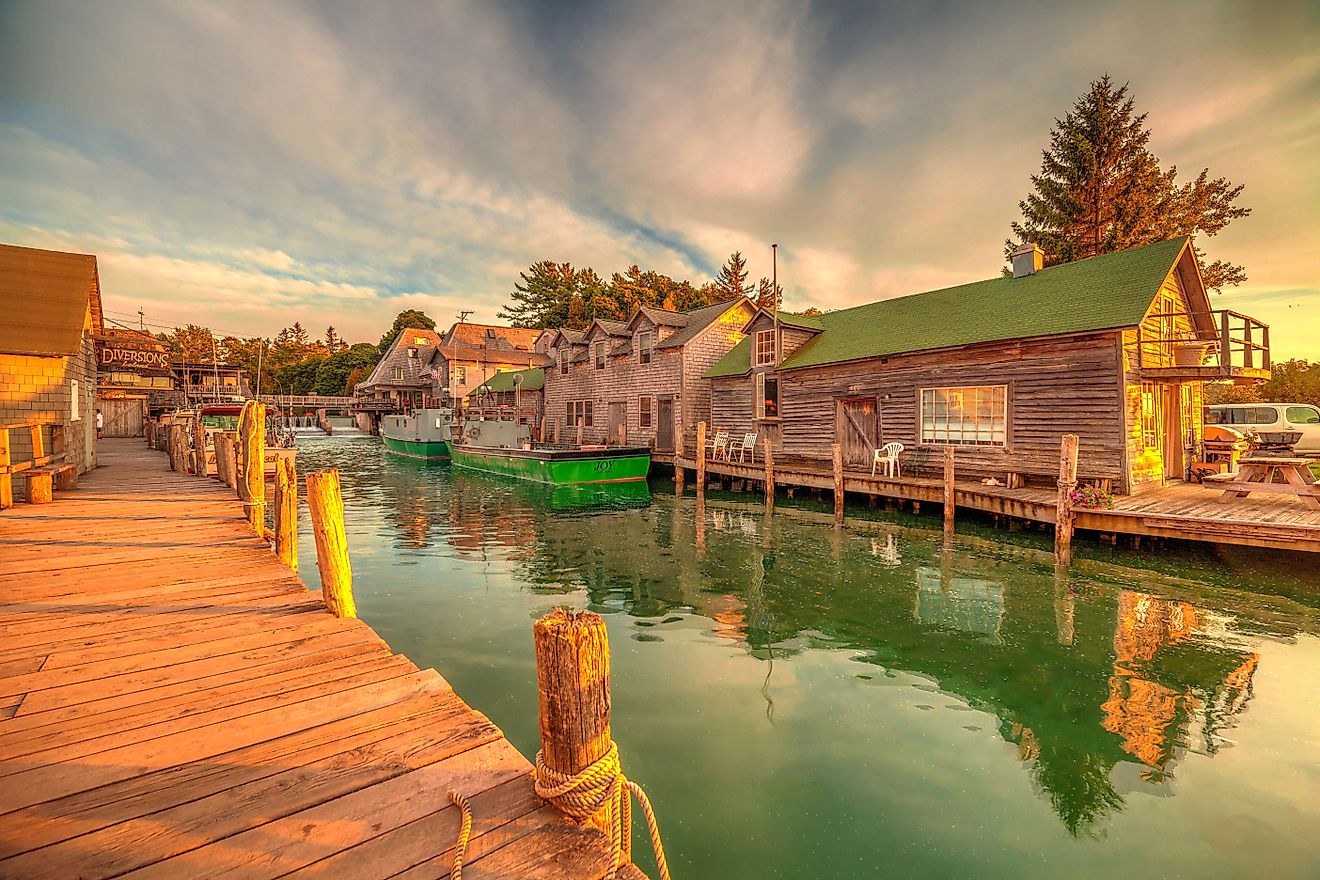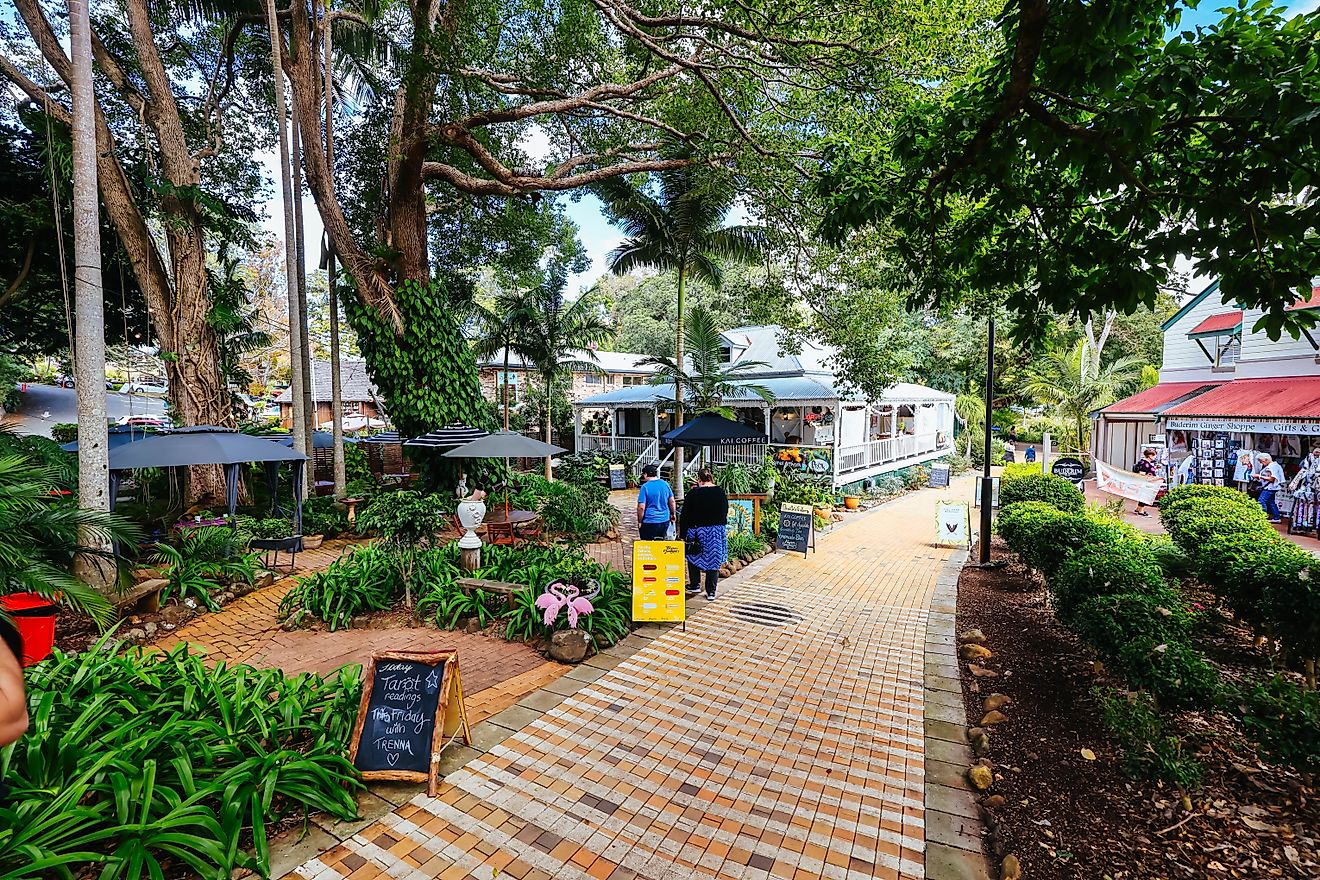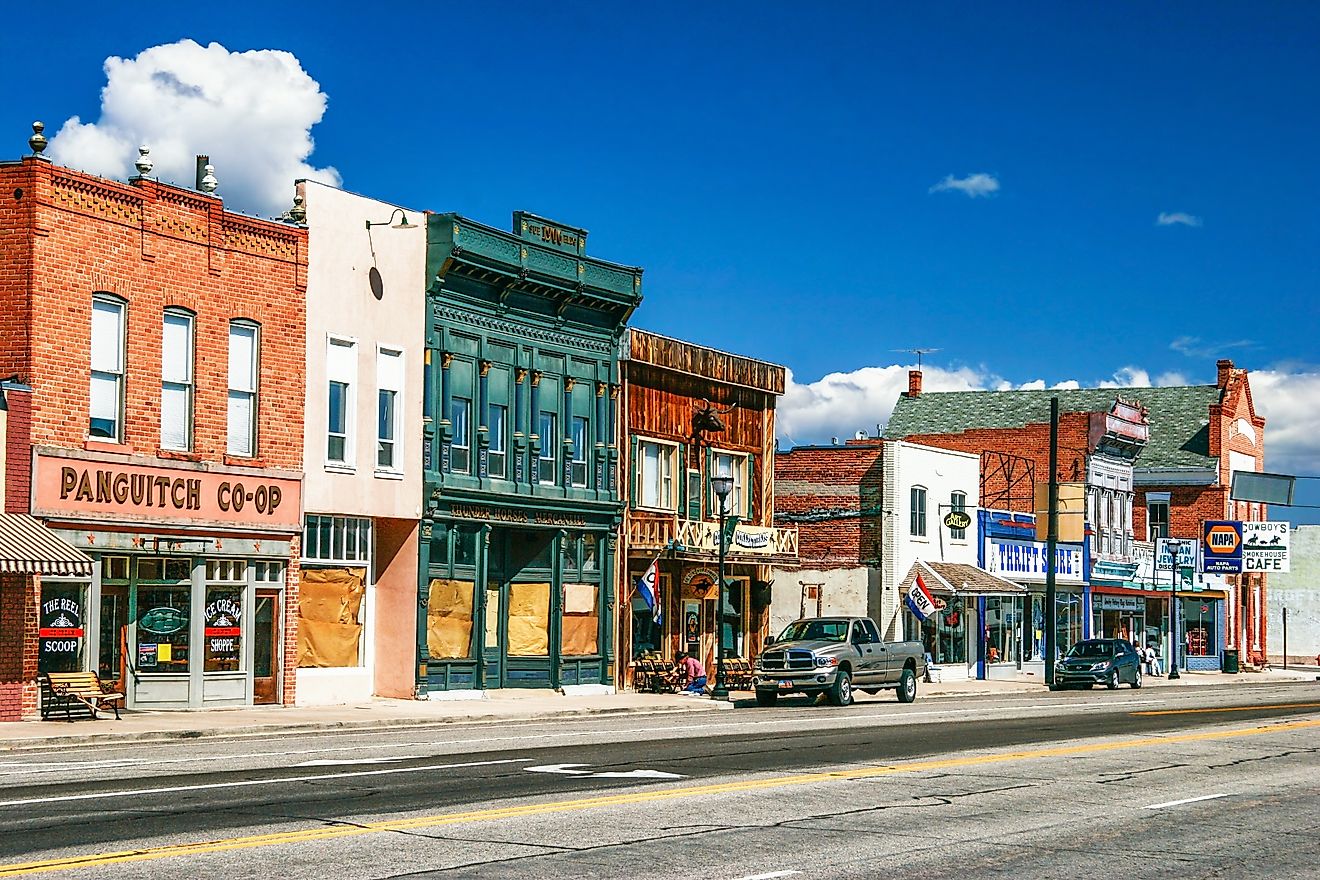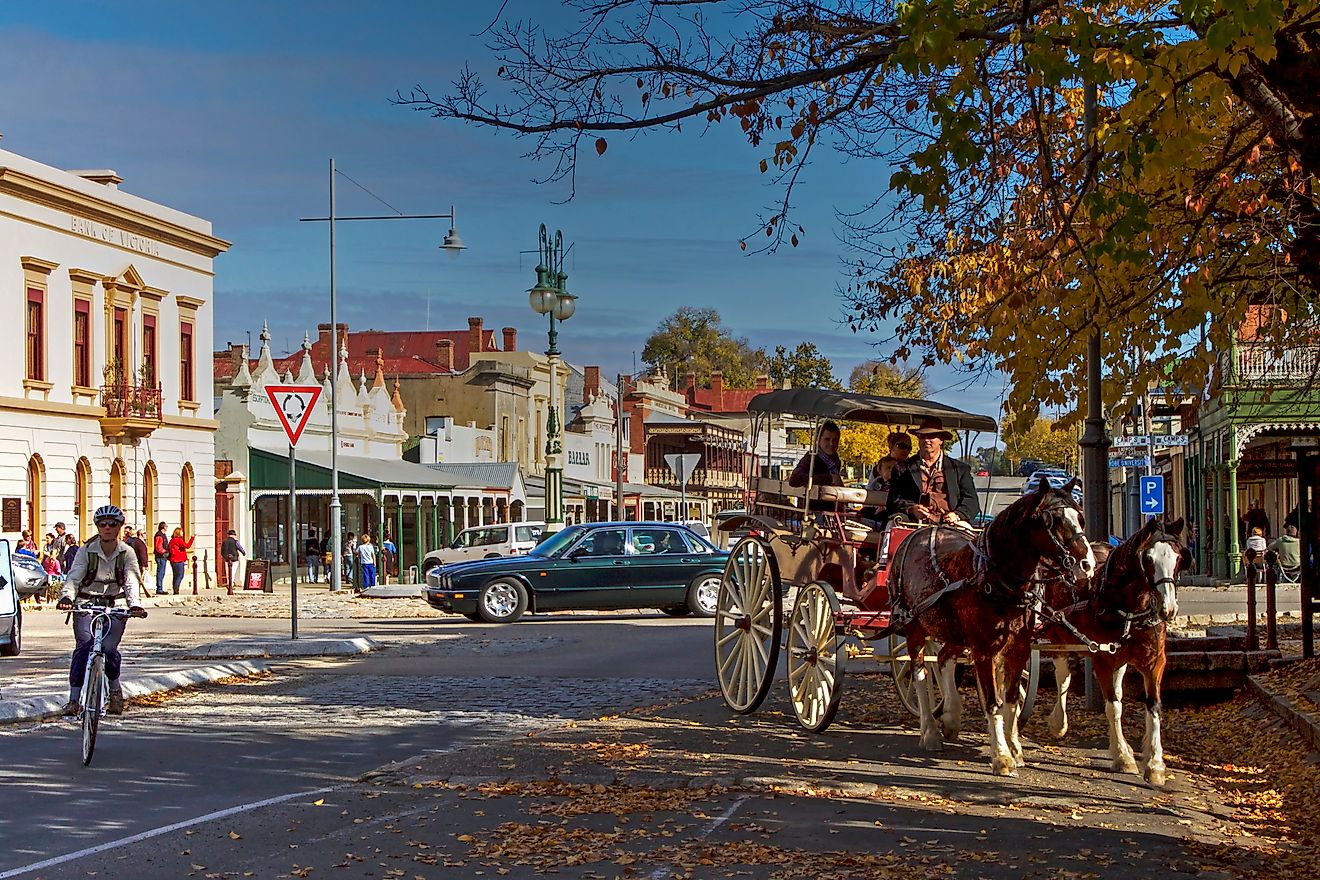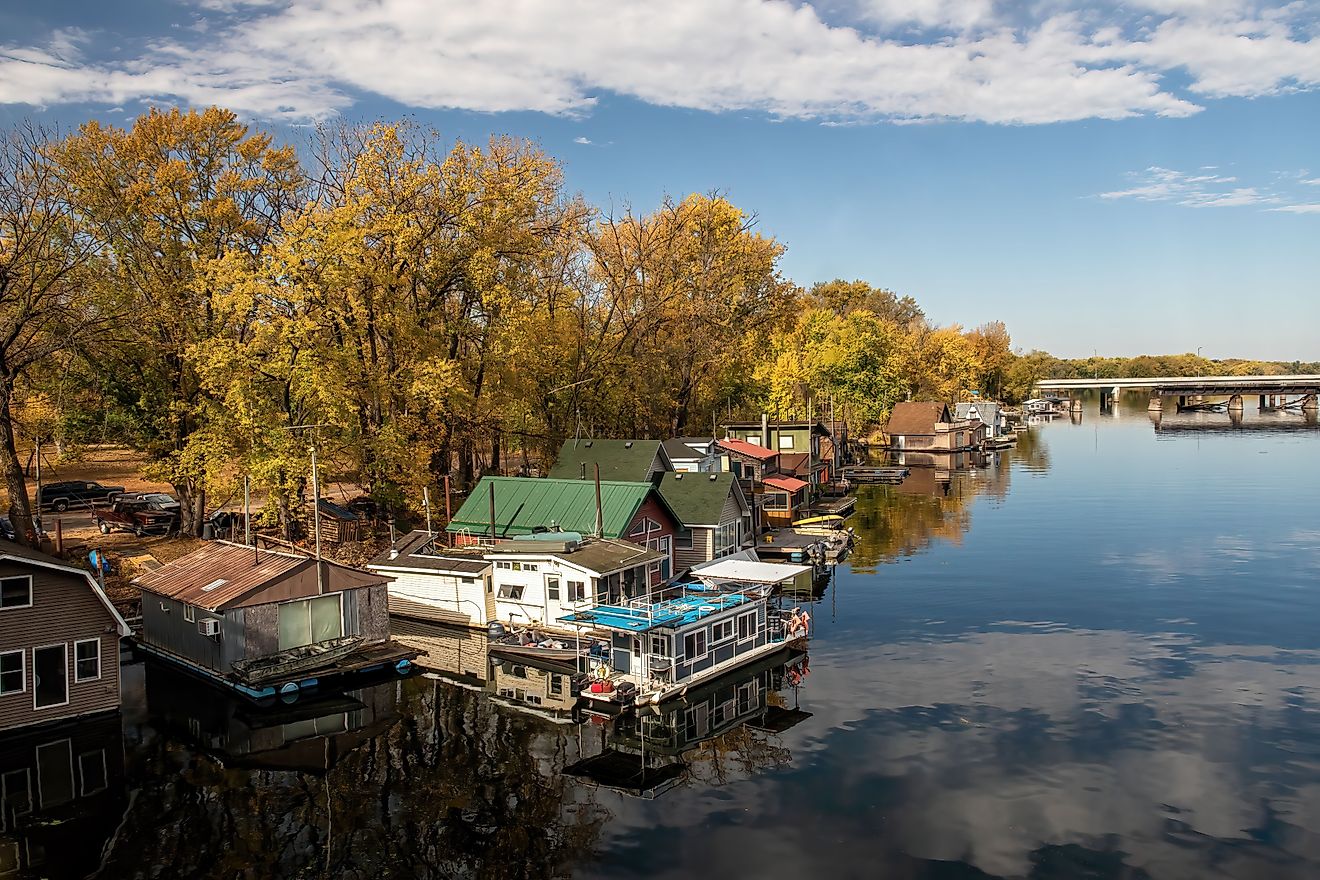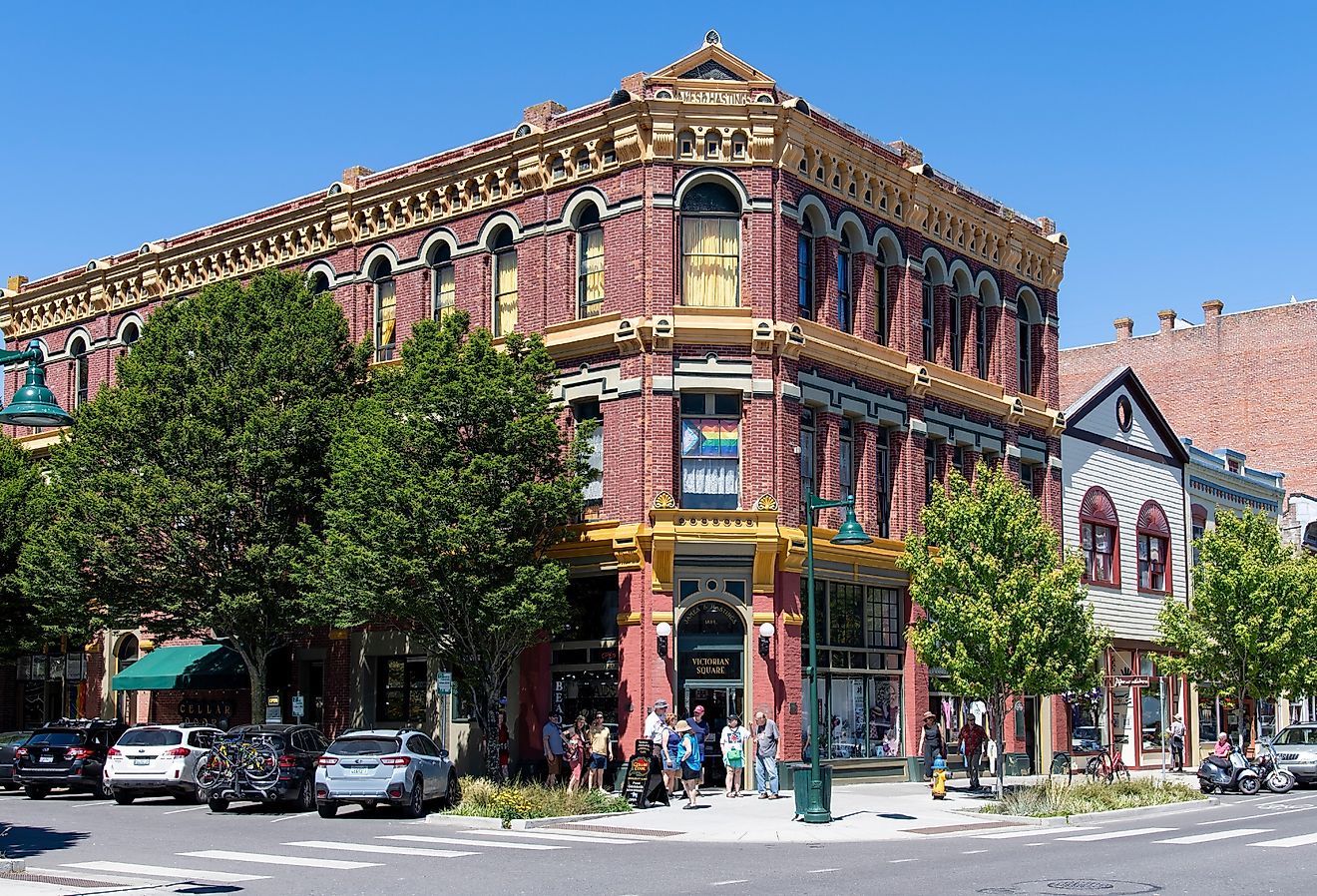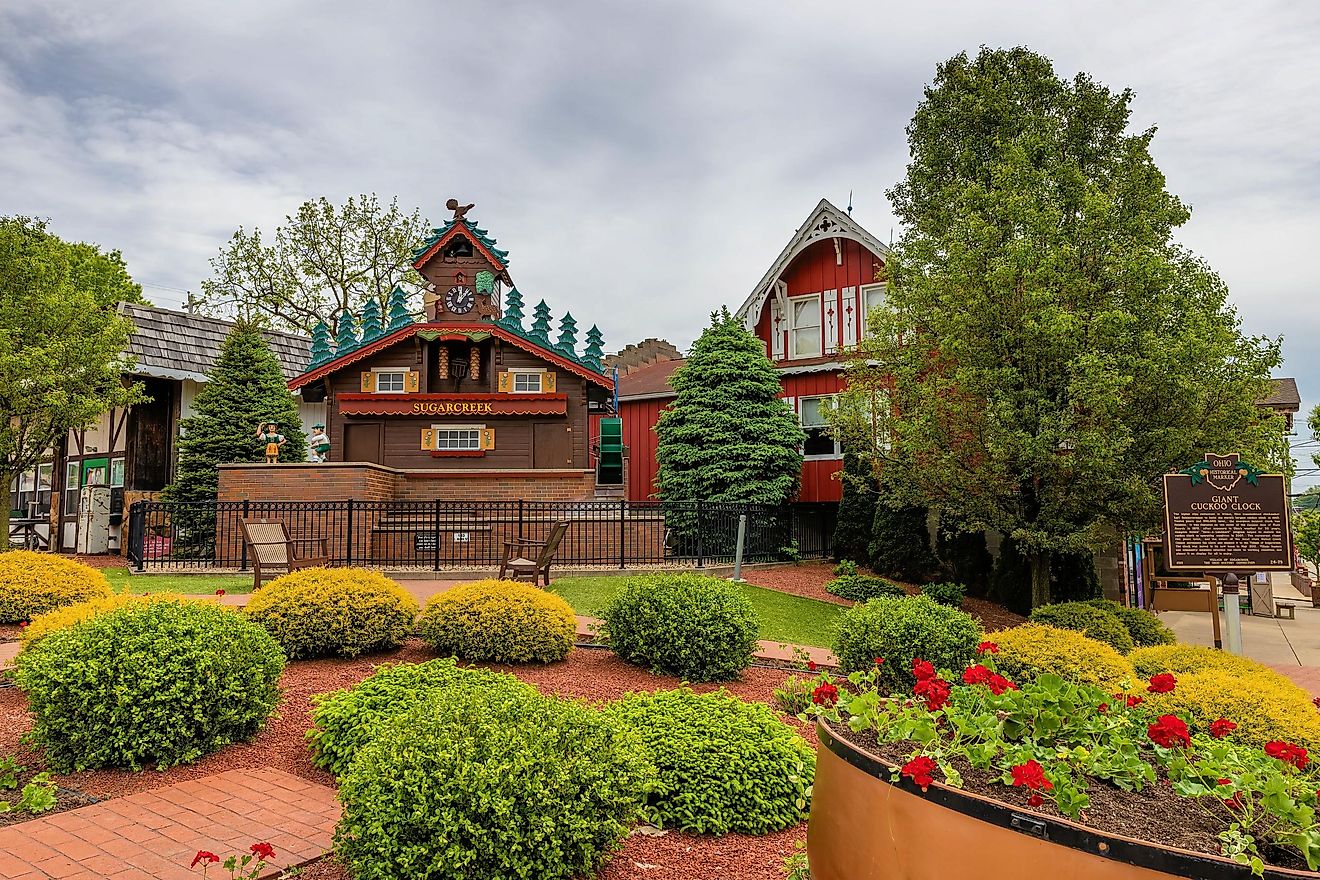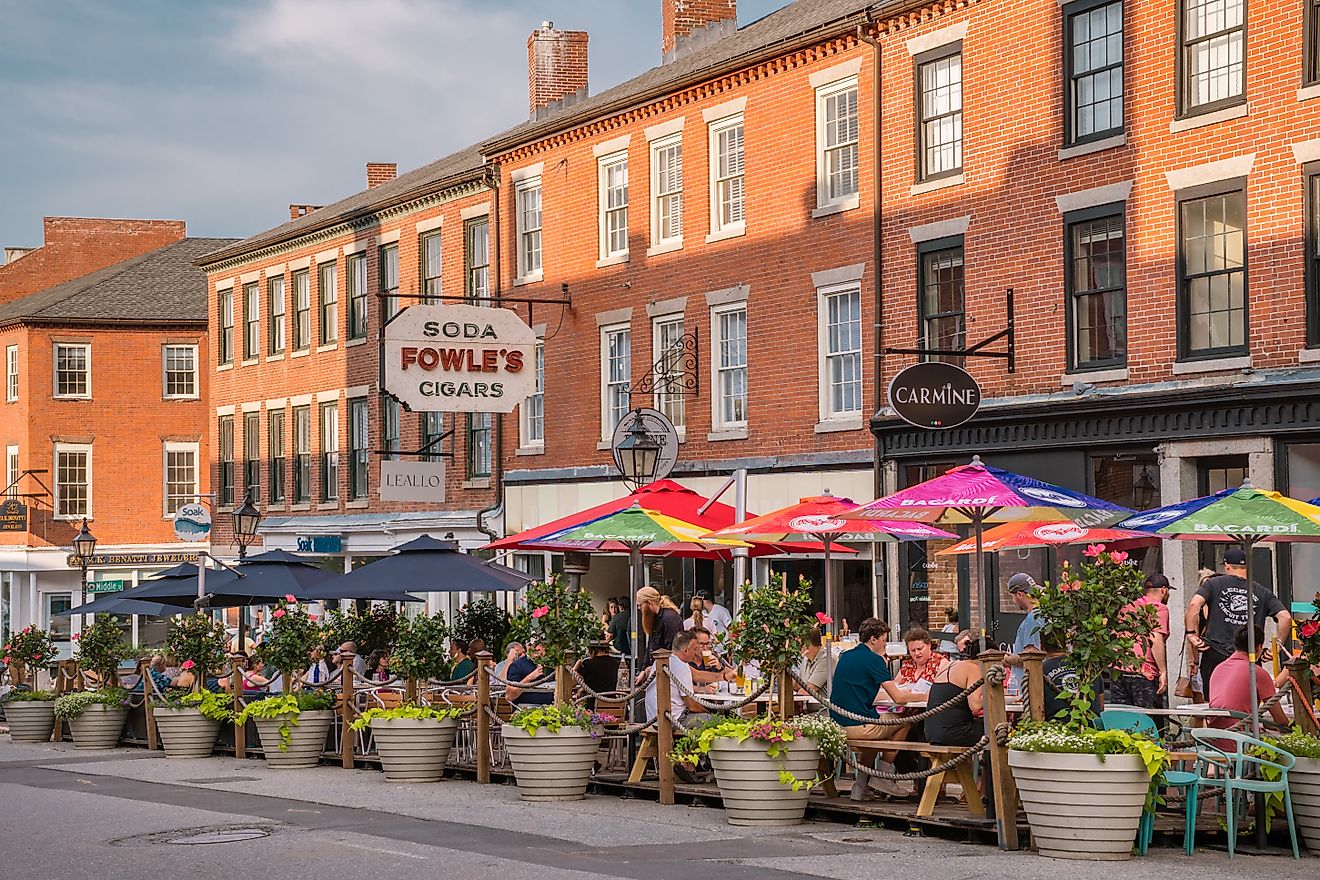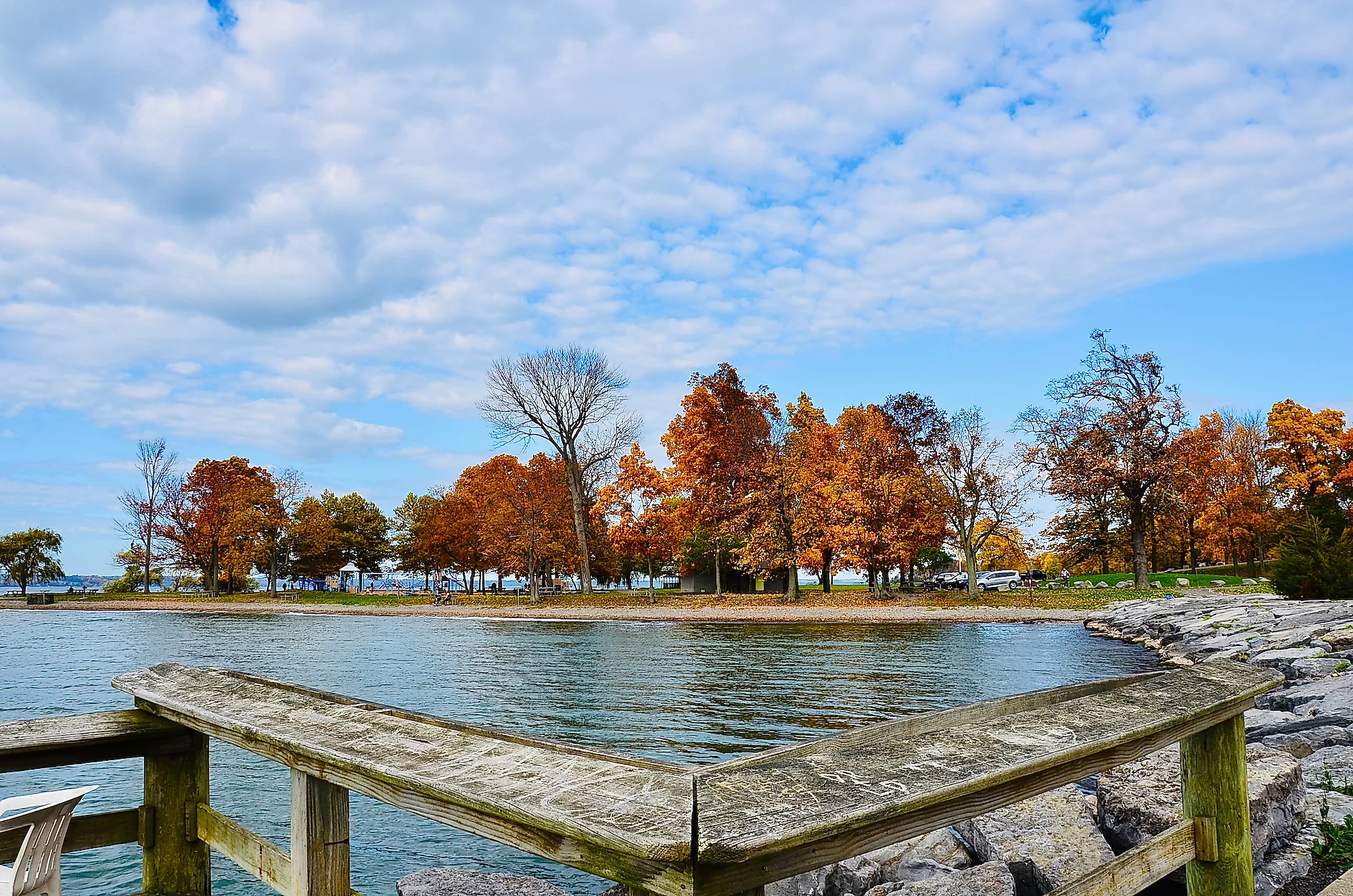
Aurora, New York
Aurora is a small village of fewer than one thousand residents located in the Finger Lakes region of New York State. Originally inhabited by Native Americans of the Cayuga Nation, Aurora became a home for some veterans of the American Revolutionary War in the late 18th century. During the 19th century, several learning institutions were founded in the village. In fact, today, Aurora is very much a college town filled with students during the school year. Notable attractions in the village include a historic mill, a centuries-old family farmstead, and an inn originally built by one of The New York Times' founders.
Geography Of Aurora
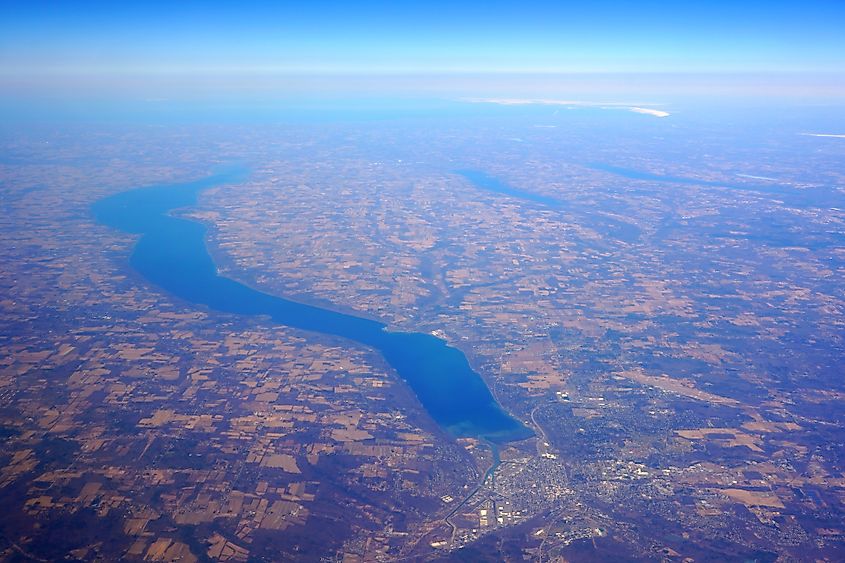
Aurora is located on the eastern shore of Cayuga Lake, one of the lakes in New York State's Finger Lakes region. To the south of the village is Long Point State Park. Union Springs, another locale situated on the eastern shore of Cayuga Lake, is located approximately 12 km to the north of Aurora. Two small rivers, Little Creek and Paines Creek are located in the far southern end of Aurora. The village has an area of 2.38 sq. km.
Demographics Of Aurora
As of 2020, the population of Aurora was 668. About 80% of the village's population is white, the vast majority of them non-Hispanic. Non-white Hispanics constitute about 11% of the village's residents, while African Americans make up 3.78%. More than 83% of people in Aurora speak only English, and 11.4% speak Spanish. Over 94% of the village's inhabitants were US-born, while almost 54% were born in Aurora. Most of the foreign-born population (around 72.2%) is from Latin America. The figures above are for Aurora's permanent population. However, nearly half of the village's population is made up of students attending Wells College during the school year.
Economy Of Aurora
The average household income in Aurora is $92,799. The village has a low poverty rate of just 1.68%. The largest industry in terms of the number of employees is educational services. Wells College is a major employer in the village. The next largest industries are accommodation & food services and retail trade.
History Of Aurora
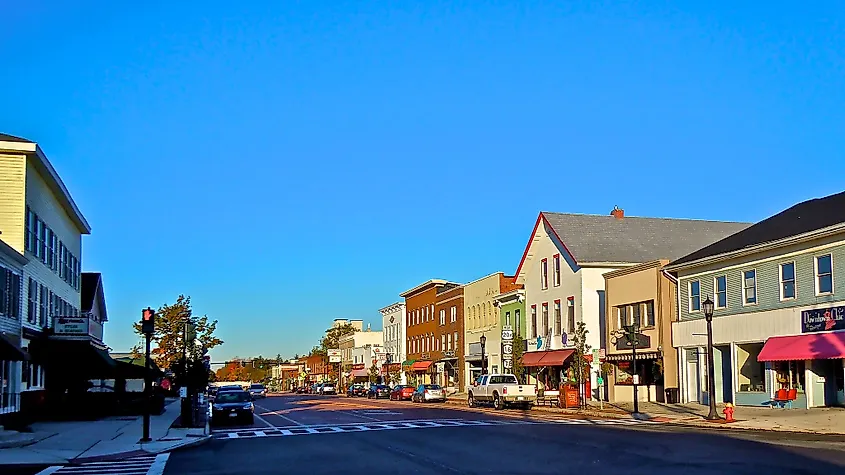
The area in which Aurora is now situated is the traditional territory of the Cayuga people, one of the six nations of the Haudenosaunee Confederacy, otherwise known as the Iroquois. The topography of Aurora's bay led these Native Americans to plant peach and apple orchards in the village's present-day location. The Cayuga also established a small village called Chonodote (literally "Peachtown") nearby. In 1779, American troops destroyed Chonodote and its orchard of 1,500 peach trees during the American Revolutionary War. The Cayuga inhabitants fled north to Fort Niagara. After the war,z the Cayuga were given a reservation that included part of present-day Aurora, but by this time, they were significantly dispersed. Their lands were sold in accordance with treaties that are still in dispute today.
European settlement of what is now Aurora began in 1789, encouraged by land grants to veterans of the Revolutionary War. The present-day village was originally designated as Lot 34 of the Military Tract. Those who settled there were from New England and Pennsylvania. The settlers reaped the benefits of the area's unique climate and ideal land. Shipping on Cayuga Lake also became important to the local economy.
At the time of its founding, Aurora was called Scipio. Its name was changed to Aurora in 1795, and it was incorporated with that name in 1837. After the Erie Canal was built, Aurora became a bustling transport site for wool, grain, fruit, and pigs, transported from the town to the Erie Canal and then to national and world markets.
During the 19th century, academies and seminaries were established in Aurora. One of these was Cayuga Lake Academy. Founded in 1797, the school produced many prominent graduates, including U.S. President Millard Fillmore. In 1945, the school was destroyed in a fire and not rebuilt. In 1868, Henry Wells of the Wells Fargo Express Company founded Wells College, which was originally a women's college, though it became coeducational in 2005. The year 2005 was also when the S.H.A.R.E. (Strengthening Haudenosaunee-American Relations through Education) Farm was signed over to the Cayuga Nation of New York by U.S. citizens, who had purchased and developed the 70-acre (280,000 sq. meters) farm in Aurora. This land is the first substantial property that the Cayuga Nation has owned since being forced to cede its lands after the Revolutionary War. Today, the entire village of Aurora is listed on the National Registrar of Historic Places.
Attractions In And Around Aurora
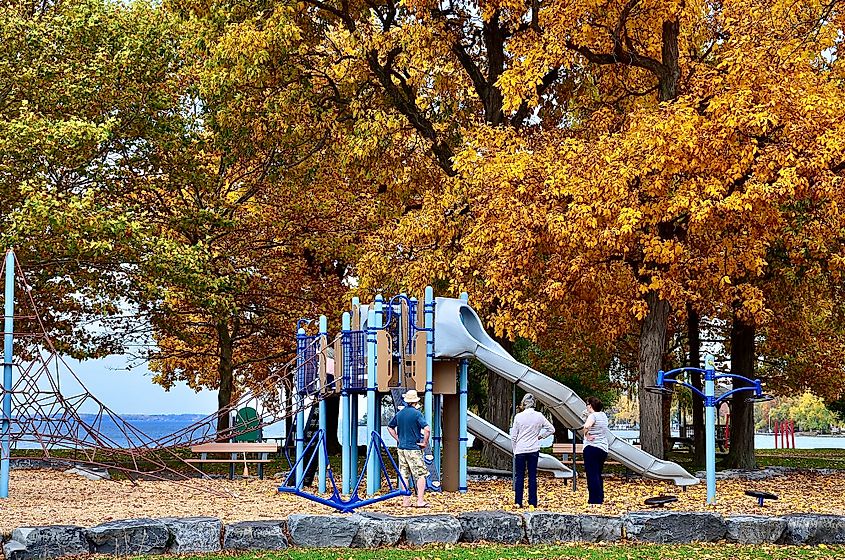
Historical attractions in and around Aurora include the Aurora Steam Grist Mill and Mosher Farmstead, which, like the village itself, are also listed on the National Registrar of Historic Places. The Aurora Steam Grist Mill was a three-and-a-half-story stone building located on the shore of Cayuga Lake. It was one of the first mills built west of the Hudson River, powered by steam. The Mosher Farmstead was established in 1887 when E.W. Mosher purchased the land on which it sits. It remains the property of the Mosher family to this day. It is a typical late 18th to early 19th-century farm, and many of its buildings are still intact.
Visitors to Aurora can stay at one of the Inns of Aurora, consisting of five distinctive properties, each with its own unique character. One of these properties is the original Aurora Inn, built in 1833 by Colonel E.B. Morgan, a native of Aurora and co-founder of The New York Times. In 1943, the inn became the property of Wells College. It has twice been used as a dormitory for the college's students, first in 1888, when a fire destroyed the college's main building, and again in the 1960s, when extra dormitory space was needed due to a dramatic increase in student enrollment. In 2000, the Aurora Inn was closed so that a complete renovation could take place. It was fully restored and reopened in 2003.
Two other notable attractions in and near Aurora are the Long Point State Park and MacKenzie Childs. The former serves as a local destination for swimming, picnicking, fishing, and hunting. The latter is located on a Victorian farm, where designers and artisans create colorful handmade ceramics, enamelware, glassware, furniture, and home accessories.
